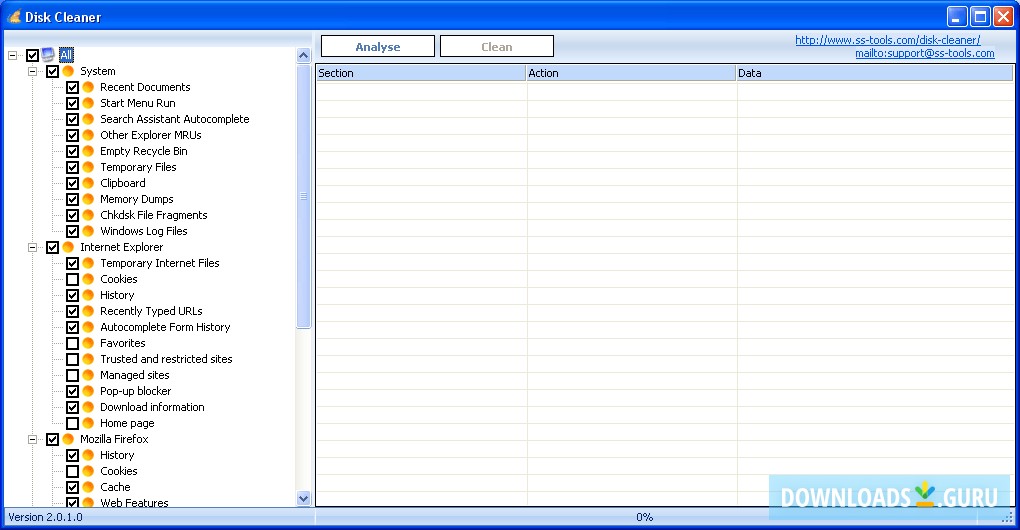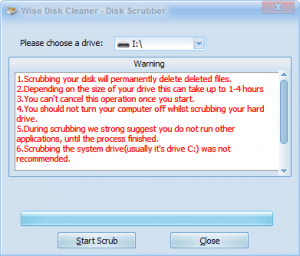

The device specifier can either be a filename (i.e., /dev/sda1), or a To tune2fs(8) program, or by using the dumpe2fs(8) program. TheĬurrent values of these options can be displayed by using the -l option Tune2fs allows the system administrator to adjust various tunableįilesystem parameters on Linux ext2, ext3, or ext4 filesystems. Use this only on extra partitions, data partitions or external drives formatted in ext2,3,4. This allows the system to continue running if non-root users fill up the file system. Use tune2fs to save spaceīy default ext2, ext3, ex4 file systems allocate 5%-7% of the available blocks for use by the root user. This command might save between 2 or 5.0 GB. The apps with installed with Flatpak has green circle with tickįinal step will save huge amount of disk space by removing Flatpak - run this command in terminal: sudo apt-get purge "*flatpak*".Click on Flatpak button - down left corner.THe first step is to verify if any of your apps are installed with Flatpak: But if you don't use it or disk space is more important than you can remove it. It contains many interesting and important apps and packages.
#Ssd disk cleaner software
Removing the Flatpak packagesįlatpak is advertised as a utility for software deployment and package management for Linux.
#Ssd disk cleaner free
This command might free 0.5 or 2.0 GB which might be nice for small disks. If you like the amount of disk space taken by log journal you can do: journalctl -disk-usage In order to clean disk space by cleaning logs you can use next command: sudo journalctl -vacuum-time=3d The amount of logs is growing and might take a good amount of space. Linux Mint keeps logs registering different events and messages like: Note if you want to clean only the APT cache in Linux Mint then you can use only: sudo apt-get autocleanĬan be used to clean old packages. DoneĠ to upgrade, 0 to newly install, 2 to remove and 16 not to upgrade.Īfter this operation, 197 MB disk space will be freed. This command doesn't delete all Kernels but only really old ones.Įxample output: Reading package lists. Linux Mint keeps several versions of Kernel which is useful in some situations. Will remove automatically packages and dependencies which are not needed anymore. In this case commands like: sudo apt-get autoclean & sudo apt-get autoremove If such a package is deleted - some dependencies might stay on your machine. Linux Mint installs dependencies for some packages. Step 3: Delete old and not required packages/kernels and APT cache Empty Trash - to delete files permanentlyĭeleted files might take a great amount of space -** so Trash can be cleaned frequently** or you can use Shift + Delete in order to permanently delete files.You can check the Trash by the command below: ls -al ~/.local/share/Trash/files Over time, the number of files in Trash might increase significantly. It stores those files in a hidden directory in your user account at the location ~/.local/share/Trash/files.

Linux Mints automatically keep deleted items which are deleted only by: Delete.

You can select any folder or subfolder and check for more details: After that I rescan the home folder again. Usually I've check and clean 3 - 5 big folders.
#Ssd disk cleaner how to
Step 1: How to check free space on Linux Mint By terminal commands For old and cheap laptops, virtual machines, small SSD disks and servers - space is essential - and in this article you will find how to free up disk space. Modern Operating Systems like Linux Mint and Ubuntu generated huge amounts of clutter, logs, archives and cache. Running out of space for Linux systems can cause different problems like login loop, performance and more. In this post you can find how to clean up disk space on your Linux Mint.


 0 kommentar(er)
0 kommentar(er)
